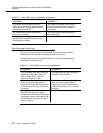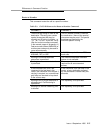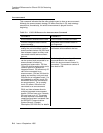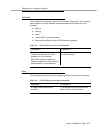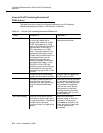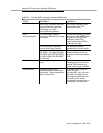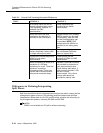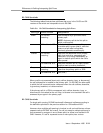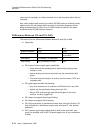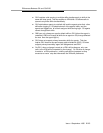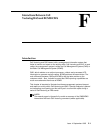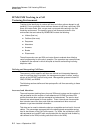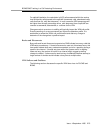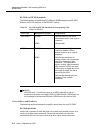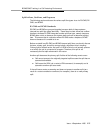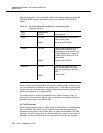
Functional Differences for G2 and G3 Call Vectoring
and EAS
E-12 Issue 4 September 1995
command, for example), an
inflow
is tracked
only in the first split to which the call
requeues
.
Also, when multiple split queuing is involved, R2 CMS tracks an
outflow
in those
splits to which the call queues and from which it eventually dequeues without
being answered there. In effect, then, R2 CMS tracks an outflow in the same
situations where R3 CMS tracks a dequeue.
Differences Between G2 and G3r EAS
This section lists the differences between release G2 and G3r for EAS.
■ Capacities:
■ G2.2 does not have logical agent capabilities.
— Voice terminals are preassigned to default skill groups (groups
ending in zero).
— Agents sharing voice terminals must have the same default skill
group.
— The voice terminal extension is used to provide a name, COR, and
coverage path.
■ G3 logical agent provides the following:
— Any voice terminal can be used as an ACD terminal for any skills.
— Agents can be reached by dialing their login IDs.
— Name, COR, and coverage path follow the agent to the voice
terminal currently logged into.
■ G2.2 does not support Direct Agent Calling.
■ G2.2 does not support Call Prompting.
■ G2.2 login procedure is: dial feature access code, dial login ID twice. G3
login procedure is: dial feature access code, dial login ID, dial optional
password.
■ G2.2 restricts agents with multiple skills to skills in the same skill tens
group (for example, skill 20-29). G3 allows agent to be in any combination
of skills.
G2.2 G3r
Measured Agents 1023 5200
Total Agents 2048 5200 (each agent
in one skill)
Skills/agent 5 (1 default + 4 additional) 4
Skill Groups 600 (numbered 10-609) 255



